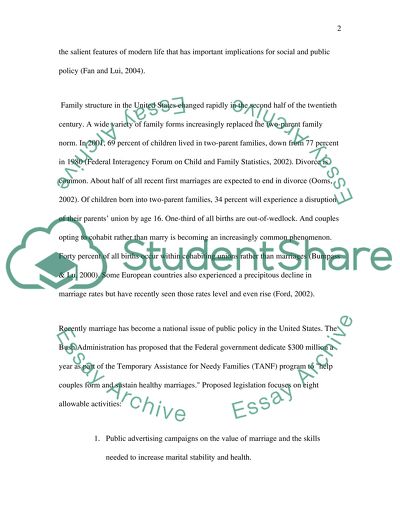Cite this document
(“Couples therapy/therapeutic techniques for couples who have Essay”, n.d.)
Couples therapy/therapeutic techniques for couples who have Essay. Retrieved from https://studentshare.org/miscellaneous/1536539-couples-therapytherapeutic-techniques-for-couples-who-have-experienced-extra-marital-affairs
Couples therapy/therapeutic techniques for couples who have Essay. Retrieved from https://studentshare.org/miscellaneous/1536539-couples-therapytherapeutic-techniques-for-couples-who-have-experienced-extra-marital-affairs
(Couples therapy/Therapeutic Techniques for Couples Who Have Essay)
Couples therapy/Therapeutic Techniques for Couples Who Have Essay. https://studentshare.org/miscellaneous/1536539-couples-therapytherapeutic-techniques-for-couples-who-have-experienced-extra-marital-affairs.
Couples therapy/Therapeutic Techniques for Couples Who Have Essay. https://studentshare.org/miscellaneous/1536539-couples-therapytherapeutic-techniques-for-couples-who-have-experienced-extra-marital-affairs.
“Couples therapy/Therapeutic Techniques for Couples Who Have Essay”, n.d. https://studentshare.org/miscellaneous/1536539-couples-therapytherapeutic-techniques-for-couples-who-have-experienced-extra-marital-affairs.


